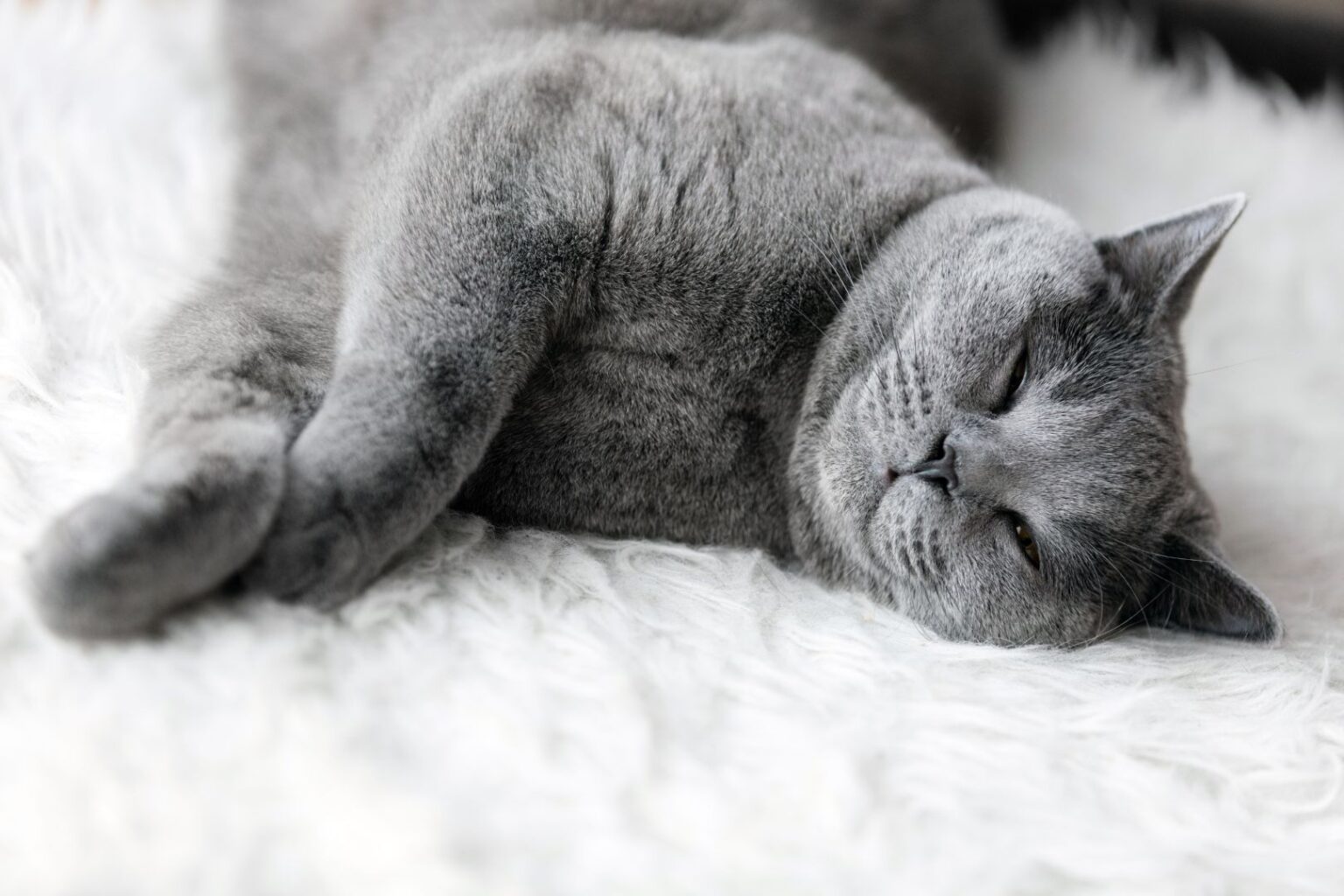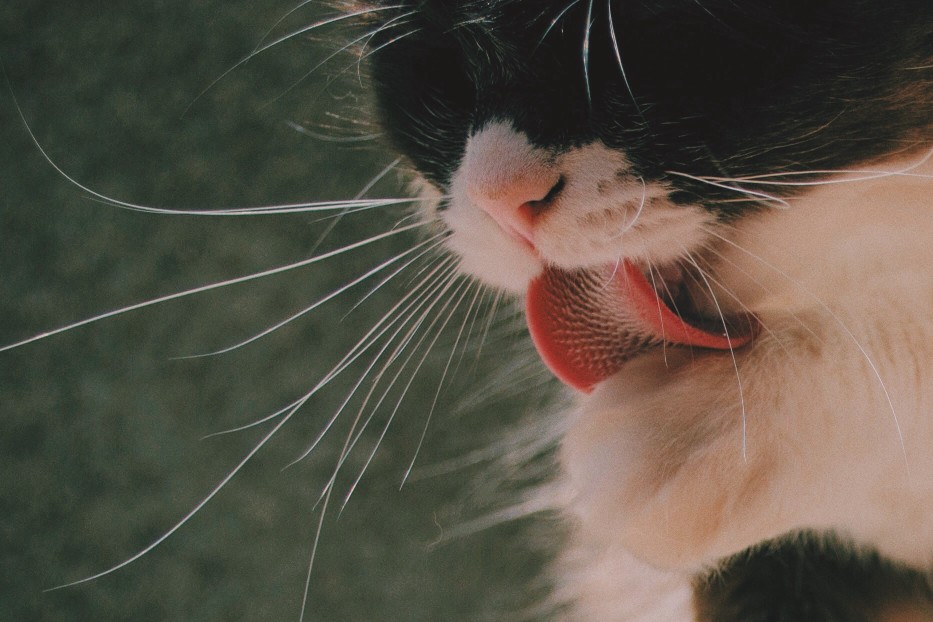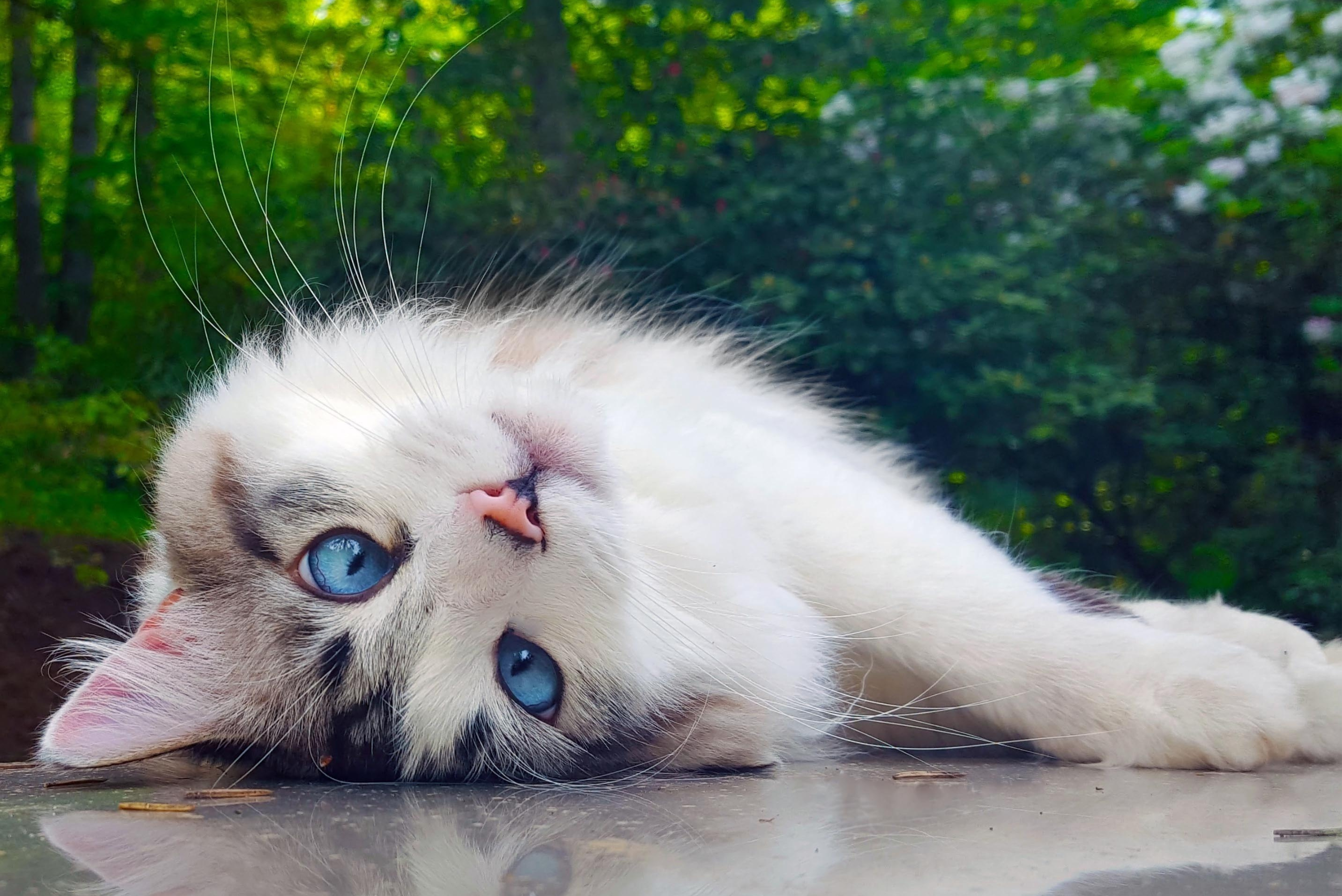Your cat naps like a professional and suddenly refuses to step outside? Deep breath. Felines are expert sleepers, but a sharp change in rhythm deserves a closer look. Let’s gently sort what’s normal, what’s not, and how to help your little dreamer feel safe and curious again.
Cat sleep: not laziness, just feline logic
How much sleep is actually normal?
Most cats snooze 12–18 hours a day, and kittens or seniors can clock even more. They cycle through light dozes and deep sleep to conserve energy for short, intense bursts of activity.
Curious about the “why” behind all those naps? Explore why cats sleep so much and what it reveals about their well-being.
Age, weather, routine: the big three
Youngsters and older cats naturally sleep longer. Cold, rainy days or a quiet routine can also lengthen naps. Indoor cats often sync to your schedule—yes, they notice when you stay up late.
Fun fact: Over a lifetime, a cat may spend around 70% of it asleep. They even dream—those twitching whiskers give it away.
When a change is a signal (no panic—just observe)
Red flags worth noting
- Drop in appetite, repeated vomiting, diarrhea, fever, or increased thirst.
- Stiffness, limping, trouble jumping, messy coat or over-grooming.
- Hiding, avoiding contact, or peeing outside the litter box.
These can hint at pain, discomfort, or stress. If tension feels likely, scan the common signs of stress in cats to decode what your feline is trying to tell you.
Common culprits (without worst-case spirals)
- Musculoskeletal pain (arthrosis, recent tumble) that makes rest the safest choice.
- Digestive or dental discomfort—small issues that can be very tiring for cats.
- Parasites, mild respiratory bugs, or post-stress recovery.
- Thyroid shifts in seniors can create up-and-down energy, followed by big crashes.
Gentle actions that truly help
When to call the vet
If the change is sudden and lasts over 48–72 hours, call. Same if your cat eats less, hides, avoids jumping, or shows fever or repeated vomiting.
A basic exam (sometimes bloodwork) often clears things up. Early action matters, especially for seniors.
Resetting a healthy rhythm, kindly
- Short hunt-style play sessions (10–15 minutes in the evening) to help nighttime sleep.
- Smaller, more frequent meals or a puzzle feeder to spark appetite without overfeeding.
- Cozy setup: warm blankets, safe high perches, quiet corners away from drafts.
- Spotless, easy-to-access litter—familiar scents lower anxiety and support routine.
Practical tip: Create a “scent breadcrumb trail” from your cat’s favorite nap zone to the door or window. Gently rub a soft cloth on your cat’s cheeks, then place small pieces along the route. Their own facial pheromones subtly invite exploration.
Not sure where your cat’s sleep fits on the spectrum? Compare with this handy reference on cat sleep duration to set realistic expectations.
The mistake to avoid
Don’t force play or push them outside if they’re hiding. Pressure can cement fear and delay progress. Safety first, confidence second, exploration third.
Why your cat won’t go out anymore
Reasons that are very “cat”
- Territory tension with a neighbor’s cat or the scent of an outdoor intruder.
- Loud noises (construction, fireworks) or a recent scare outside.
- Weather shifts, a house move, a new baby—tolerance levels change.
- Pain or physical discomfort makes “outside” feel unpredictable. “Inside” = refuge.
After one bad experience, many cats choose warmth and safety. That’s not stubbornness—it’s a smart survival strategy.
Rebuilding outdoor confidence, step by step
- Pick calm times (dawn or early evening). Start with 5–10 minutes.
- Stay with your cat, and keep doors slightly open to guarantee a quick retreat.
- Set up safe stations outdoors: a covered hideout or a dry, cushioned nook.
- Add familiar scents: place a cloth with your cat’s cheek scent near the exit.
If your wanderer sometimes vanishes for hours, this piece can help you read those patterns: why cats suddenly disappear.
A tiny ritual that works wonders
Before a short outing, offer 3 minutes of prey play, then a tiny treat. Repeat the same sequence each time so “outside” feels predictable and rewarding.
In short: observe, reassure, adjust
Sleeping a lot can be perfectly normal. A sudden, persistent shift needs attention. You know your cat best—trust your gut and call your vet if something feels off.
With patience and consistent routine, most little nappers rediscover their curiosity—and step outside on their own terms.
FAQ
Is it normal if my cat sleeps 20 hours a day?
Depending on age, health, and season, it can be. Watch for sudden changes, appetite loss, pain, or unusual hiding, and call your vet if it lasts.
My cat hides and won’t go out—anxiety or illness?
It could be either. Check grooming, appetite, mobility, and litter habits. If the behavior persists beyond 48–72 hours, consult your vet.
How can I stimulate my sleepy cat without overdoing it?
Try two or three short hunt-style play sessions daily, puzzle feeding, and cozy, quiet spaces. Gentle consistency beats long, exhausting play.
Should I wake my cat up to play?
Avoid waking them from deep sleep. Invite play when they stretch, blink, or move on their own—your timing makes all the difference.







